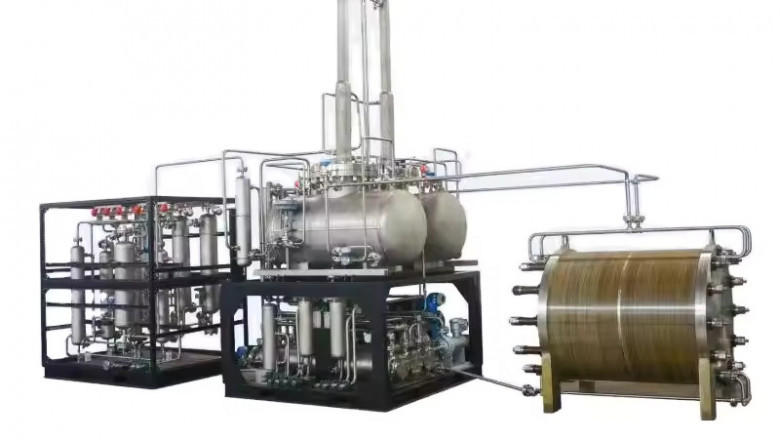views
Despite the growing potential of the hydrogen electrolyzer market, several restraints continue to challenge its widespread adoption. These limitations must be addressed for the sector to achieve its full growth potential and contribute effectively to the global energy transition.
One of the primary challenges is the high cost of electrolyzer technology. While advancements have been made in improving efficiency and reducing costs, electrolyzers remain relatively expensive to produce and install. The high initial investment required for infrastructure, coupled with ongoing operational and maintenance costs, can be a significant barrier for both large-scale industrial adoption and smaller players entering the market. This high capital requirement can hinder the widespread deployment of electrolyzers, particularly in regions where financial resources are limited.
Another restraint is the limited availability of renewable electricity to power electrolyzers. Green hydrogen production relies heavily on electricity from renewable sources such as wind, solar, or hydropower. In areas where renewable energy infrastructure is underdeveloped or unreliable, the effectiveness of electrolyzers is compromised. Inconsistent or limited access to renewable electricity can lead to inefficiencies and higher costs, making the production of green hydrogen less competitive compared to hydrogen derived from fossil fuels.
Additionally, the scalability of electrolyzer systems presents a challenge. While electrolyzers are essential for large-scale hydrogen production, scaling them up to meet global demand is not without its difficulties. The process of manufacturing electrolyzers at a mass scale is still in its early stages, and there are logistical hurdles to overcome in terms of manufacturing capacity, material supply chains, and distribution networks.
Despite these challenges, the hydrogen electrolyzer market holds considerable promise. Addressing these restraints through technological innovation, government support, and infrastructure development will be key to unlocking the market's full potential and driving the transition to a clean, hydrogen-powered future.






















Comments
0 comment